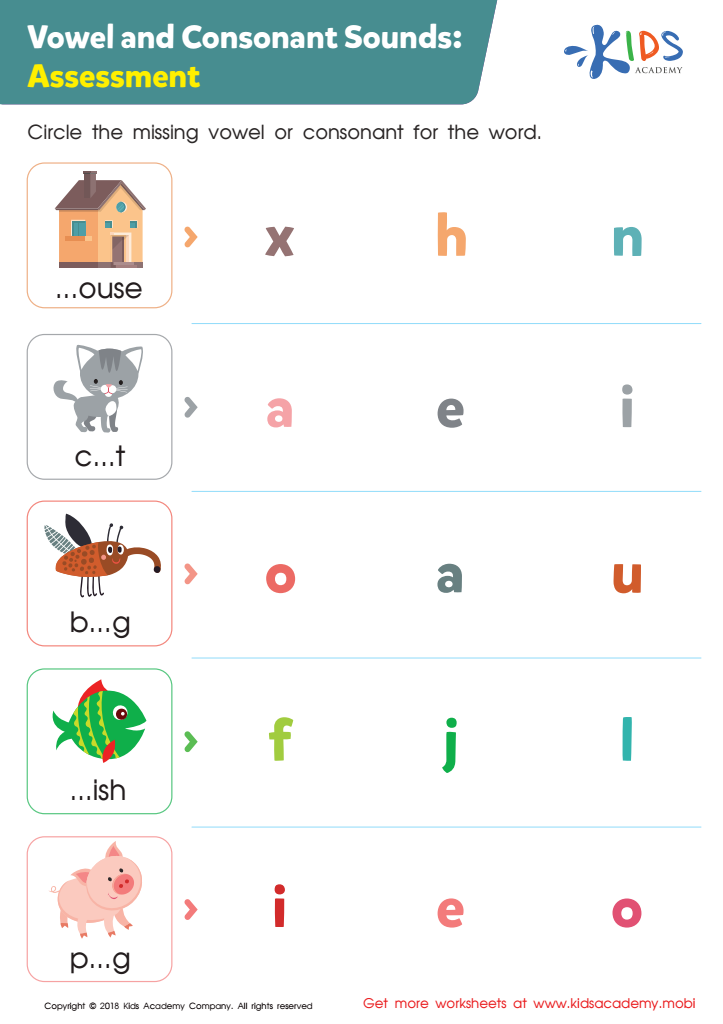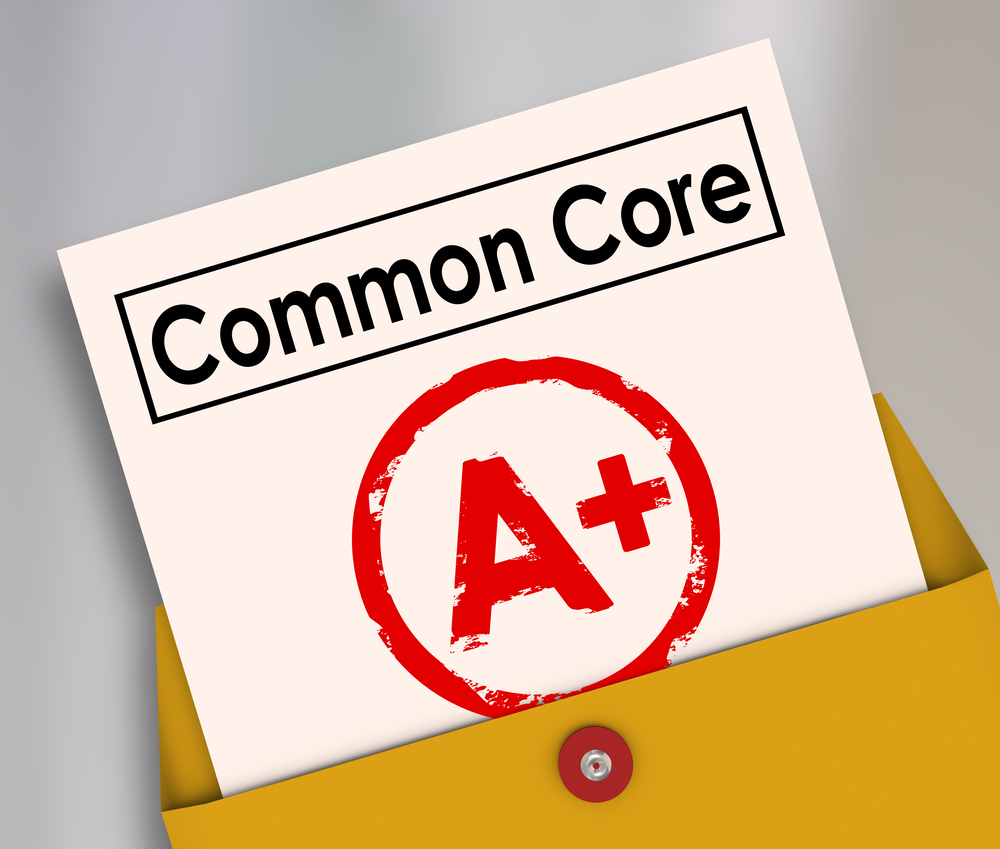Normal Vowels and Consonants worksheets activities for 5-Year-Olds
1 filtered results
-
From - To


Vowel and Consonant Sounds: Assessment Worksheet
Normal Vowels and Consonants worksheets activities are an essential component of language learning, especially for young learners who are just beginning to navigate the complexities of phonics and spelling. These activities offer a structured approach to understanding the differences between vowels and consonants, which are the building blocks of the English language. Engaging in normal vowels and consonants worksheets activities can significantly enhance a student's ability to read, write, and understand words more effectively.
First and foremost, these worksheets provide a clear and focused way to differentiate between vowels and consonants, which is crucial for phonemic awareness. This foundational skill is necessary for decoding words and plays a significant role in reading fluency and comprehension. Through repetitive practice and varied exercises, students can internalize the roles that vowels and consonants play in word formation, making it easier for them to tackle new words they encounter in their reading.
Moreover, normal vowels and consonants worksheets activities foster spelling skills. By regularly working through these worksheets, students can improve their ability to spell words correctly, as they become more familiar with vowel and consonant patterns. This is especially beneficial for words that do not follow standard phonetic rules, helping learners to build a comprehensive phonemic toolkit.
These activities also support vocabulary development. As students become more adept at identifying and using vowels and consonants, they can more readily decode and understand new words, which in turn enriches their language and reading comprehension skills. The confidence gained through mastering these basic elements of language can encourage a lifelong love of reading and learning.
In conclusion, normal vowels and consonants worksheets activities play a pivotal role in early language education. They lay the groundwork for successful reading, writing, and communication, making them an invaluable resource for teachers and students alike. By investing time in these activities, learners can achieve a strong foundation in language arts that will benefit them throughout their educational journey and beyond.

 Assign to the classroom
Assign to the classroom
.jpg)











